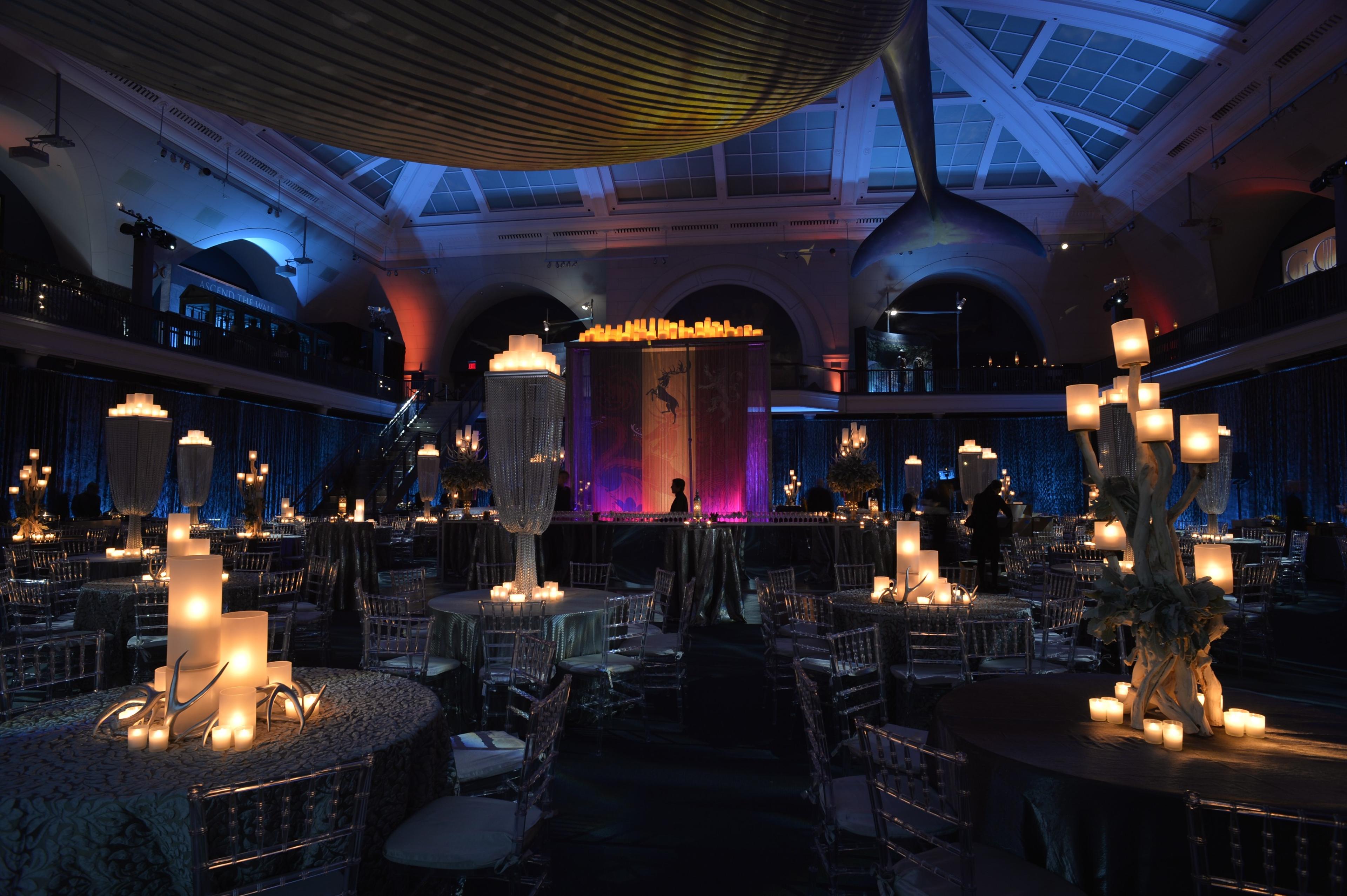Illumination plays a vital part in video projection because it sets the mood and feel of the display. Different illumination methods can elicit various feelings and responses from the viewers. For example, using soft, warm lights can create a inviting environment, while vivid, cool lights may produce a more energetic or dramatic effect. By thoughtfully selecting light colors and intensities, artists can influence how viewers interpret the displayed visuals, leading to a more engaging encounter. The balance between mapping luminance and surrounding illumination is essential, as it can greatly affect the visibility and impact of the images.
In addition to, hue and intensity, the angle of light also influences the effectiveness of projection. Illumination from different angles can generate contrast and accents that introduce dimension to the mapped images. This method, known as light and shadow, can enhance the three-dimensionality of the objects being mapped. Furthermore, using moving illumination can introduce dynamism to the display, making the experience more involving for the audience. When the illumination interacts with the projected visuals, it can create an illusion of motion and transformation, capturing the viewers' attention.
Another essential aspect of lighting in projection is the use of special effects. Techniques such as gobo lighting, which employs shapes and forms to project light, can introduce depth and complexity to the mapping. This approach enables artists to layer images and produce aesthetically captivating results that enhance browse around this site the projection. Moreover, incorporating laser lights or LED lights can further improve the display, offering a unique blend of visual elements that draw the audience in. These special effects, when used thoughtfully, can elevate the projection into a basic display to an immersive work of art.
In conclusion, the impact of illumination methods on motion mapping projection mapping for art installations is significant. By comprehending how different lighting elements interact with projected images, creators can produce captivating experiences that resonate with viewers. The careful selection of hue, intensity, direction, and special features enables for a rich canvas of sight narrative. As tech continues to grow, the possibilities for artistic showcasing in mapping will only grow, making lighting an ever-important aspect in this progressive art form.
